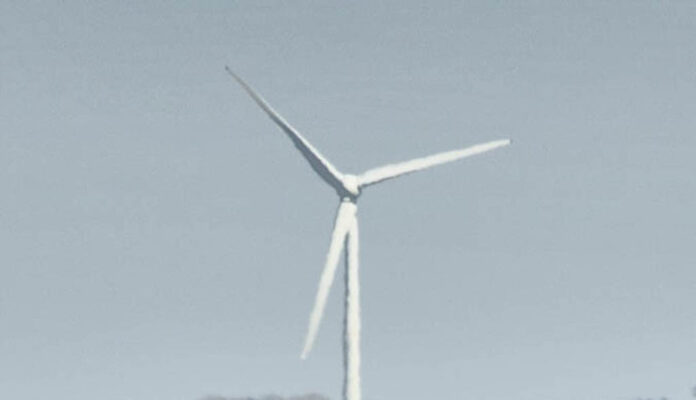The Irish Wind Energy Association (IWEA) has called on the Government to introduce new schemes that would further encourage and incentivise the development of wind microgeneration for Clare farms, businesses and homes, which it maintains could bring significant benefits to rural communities.
Microgeneration is the production of energy on a small scale for farms, businesses or domestic homes. Typical microgeneration technologies include wind turbines, solar photovoltaic, hydro power and combined heat and power (CHP) with equipment ratings below 11kW.
Caitriona Diviney, chief operations officer of IWEA, said that electricity costs rank among the main overheads for farms, businesses, and homes, and that more wind microgeneration could help significantly reduce costs, whilst offering an opportunity to earn additional income by contributing the surplus electricity generated to the national grid.
“When compared to neighbouring countries such as the UK, the significant potential for wind microgeneration in Ireland, and Clare in particular, still remains relatively untapped. Locally generated electricity can be yet another guaranteed Irish product, and can give farms, businesses and homeowners more control over their own electricity production,” she said at the organisation’s national conference in Kilkenny.
“We believe greater wind microgeneration can lead to more sustainable rural livelihoods and form part of the solution to reduce Ireland’s overall carbon emissions,” she added.
The Irish Wind Energy Association has launched a step-by-step guide aimed at helping people avail of new microgeneration technology and is available for download on their website.
A native of Ennis, Colin McGann has been editor of The Clare Champion since August 2020. Former editor of The Clare People, he is a journalism and communications graduate of Dublin Institute of Technology.


